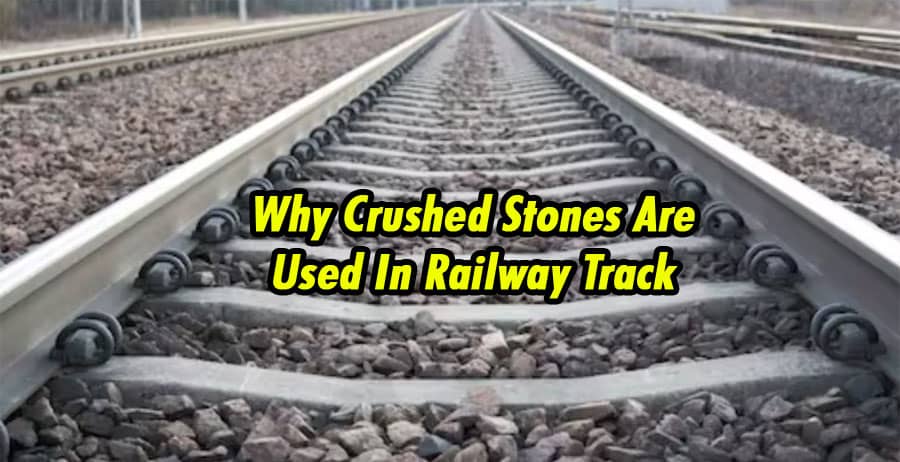Why Crushed Stones Are Used In Railway Track

Crushed stones are a fundamental component of railway tracks, and their usage serves several crucial purposes in ensuring the safety, stability, and longevity of the rail network. Here are the primary reasons why crushed stones are used in railway tracks:
Load Distribution
One of the main functions of crushed stones, also known as ballast, is to distribute the heavy loads of trains evenly across the track bed. When a train passes over the track, the weight of the locomotive and the freight it carries is spread out over a larger area by the ballast. This prevents the rails from sinking into the ground and maintains track stability.
Track Stability
Crushed stones act as a stable and solid foundation for the rails. They lock the rail ties or sleepers in place, preventing lateral movement or shifting. This stability is essential for maintaining the alignment and gauge (the distance between rails) of the tracks.
Drainage
Ballast stones have excellent drainage properties. They allow rainwater to flow through and away from the track bed. Effective drainage prevents waterlogging and maintains the integrity of the track structure. Without proper drainage, water accumulation can weaken the track and cause erosion, leading to derailments and other safety issues.
Resistance to Deformation
Crushed stones possess a high degree of resistance to deformation under load. This means that they can withstand the repeated impact and pressure exerted by passing trains without significant compression or displacement. This quality ensures the longevity of the track and minimizes the need for frequent maintenance.
Noise and Vibration Reduction
Ballast materials help dampen the noise and vibrations generated by moving trains. By absorbing some of the energy produced during train operations, they contribute to reducing noise pollution and vibrations that could affect nearby communities and structures.
Easy Maintenance
If a section of the track becomes damaged or requires maintenance, crushed stones make it relatively easy to access and repair. They can be removed and replaced without extensive excavation or disruption to the entire track.
Cost-Effective
Crushed stones are readily available and cost-effective compared to alternative materials. Their affordability makes them a preferred choice for railway construction and maintenance.
Flexibility
Ballast allows for some degree of flexibility in the track structure. This flexibility helps absorb shocks and impacts, enhancing the overall safety and comfort of train travel.
In summary, crushed stones, or ballast, play a vital role in the construction and maintenance of railway tracks. They provide essential support, stability, and drainage while ensuring the safety and efficiency of train operations. Without this critical component, the functionality and safety of railway networks would be compromised.
